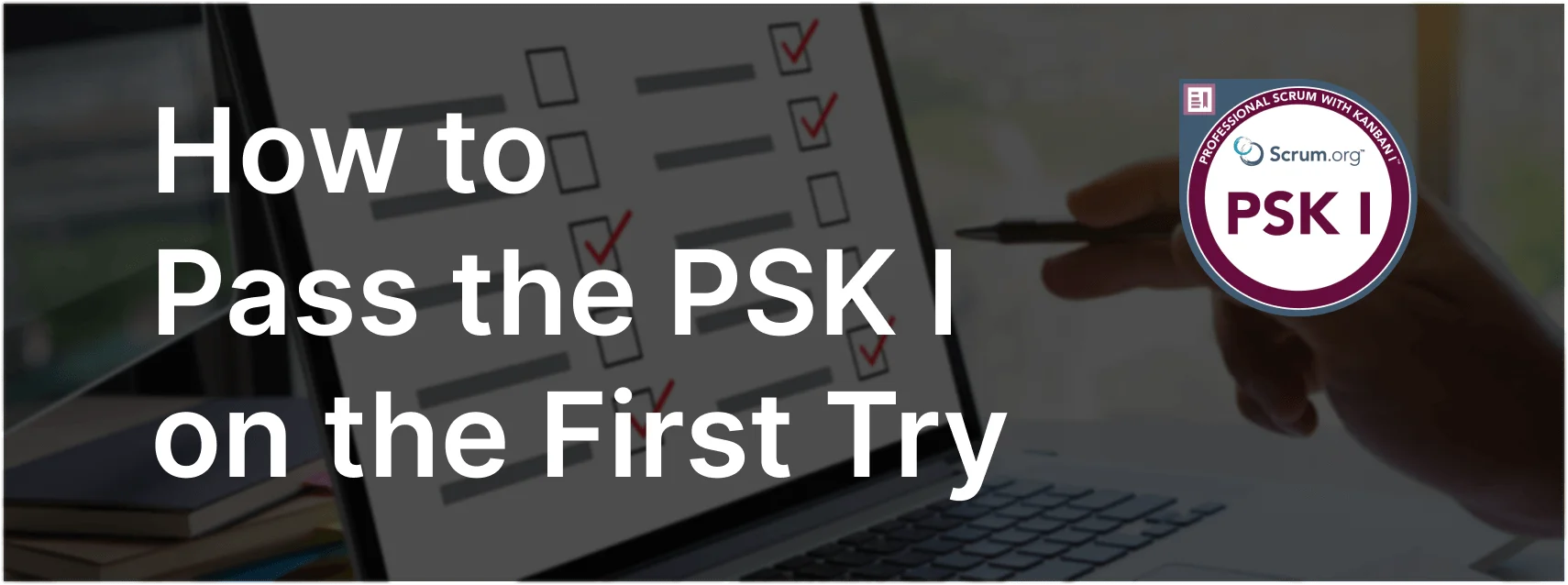Understanding Probabilistic Forecasts
Probabilistic forecasting is a technique used in Agile and Kanban practices to predict future performance based on historical data.
Exam Question
What is a probabilistic forecast intended to communicate?
(choose the best answer)
A. A forecast based on past performance that can help discussions about the likelihood of achieving a certain goal in a given time frame.
B. The best way to predict the future performance of a team.
C. A guarantee of when a certain amount of scope will be complete.
Correct Answer
A. A forecast based on past performance that can help discussions about the likelihood of achieving a certain goal in a given time frame.
Explanation
Correct Answer
A. A forecast based on past performance that can help discussions about the likelihood of achieving a certain goal in a given time frame:
Probabilistic forecasting uses historical performance data to create a range of possible outcomes and their associated probabilities. This method helps teams and stakeholders understand the likelihood of achieving specific goals within a given time frame. It supports informed decision-making by providing a probabilistic view of future outcomes rather than a single deterministic prediction.
Why the Other Options Are Less Effective
B. The best way to predict the future performance of a team:
While probabilistic forecasting is a useful tool, it is not necessarily the best way to predict future performance. It provides a range of possible outcomes rather than a single, precise prediction. It is one of several tools that can be used to understand future performance.
C. A guarantee of when a certain amount of scope will be complete:
Probabilistic forecasting does not provide guarantees. Instead, it offers a range of outcomes with associated probabilities, helping to set realistic expectations and manage risk.
Importance of Probabilistic Forecasting
- Risk Management: By presenting a range of possible outcomes, probabilistic forecasting helps teams manage risks and uncertainties.
- Informed Decision-Making: It supports discussions about the likelihood of achieving goals, enabling better planning and prioritization.
- Transparency: Provides a transparent view of potential future performance, fostering trust and collaboration among team members and stakeholders.
How to Use Probabilistic Forecasts
- Collect Historical Data: Gather data on past performance, such as cycle times, throughput, and lead times.
- Analyze Data: Use statistical methods to analyze the data and identify patterns.
- Create Forecasts: Generate probabilistic forecasts that show a range of possible outcomes and their probabilities.
- Communicate Findings: Share the forecasts with the team and stakeholders to support planning and decision-making.
Relevance to the PSK I Exam
Understanding probabilistic forecasting is crucial for the PSK I exam. It demonstrates knowledge of advanced forecasting techniques and their application in Agile and Kanban practices.
Key Takeaways
- Probabilistic forecasting is based on historical performance data and provides a range of possible outcomes with associated probabilities.
- It helps manage risks, supports informed decision-making, and enhances transparency.
- Probabilistic forecasting is not a guarantee but a tool for understanding the likelihood of achieving goals within a given time frame.
Conclusion
A probabilistic forecast communicates a range of possible outcomes based on past performance, helping discussions about the likelihood of achieving a certain goal in a given time frame. For more information on preparing for the PSK I exam, visit our Professional Kanban PSK I™ Exam Prep.



